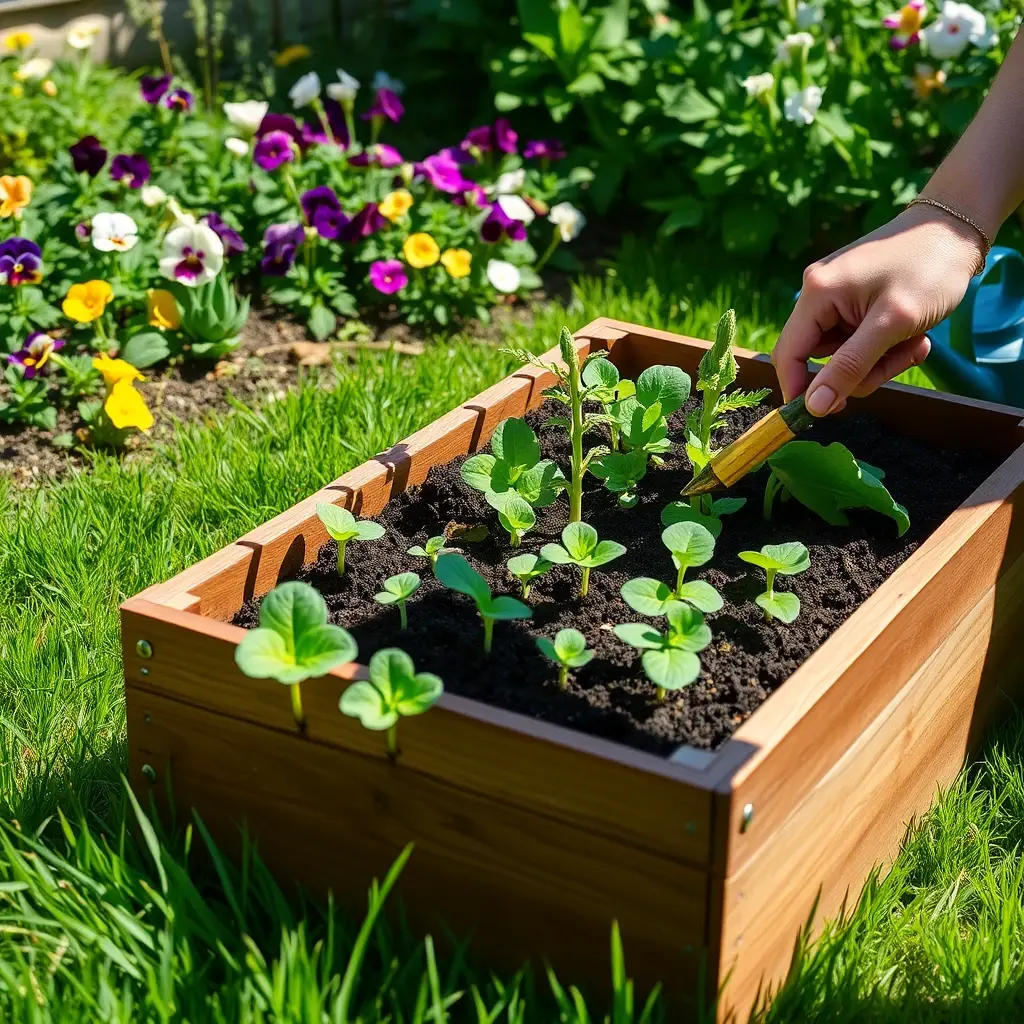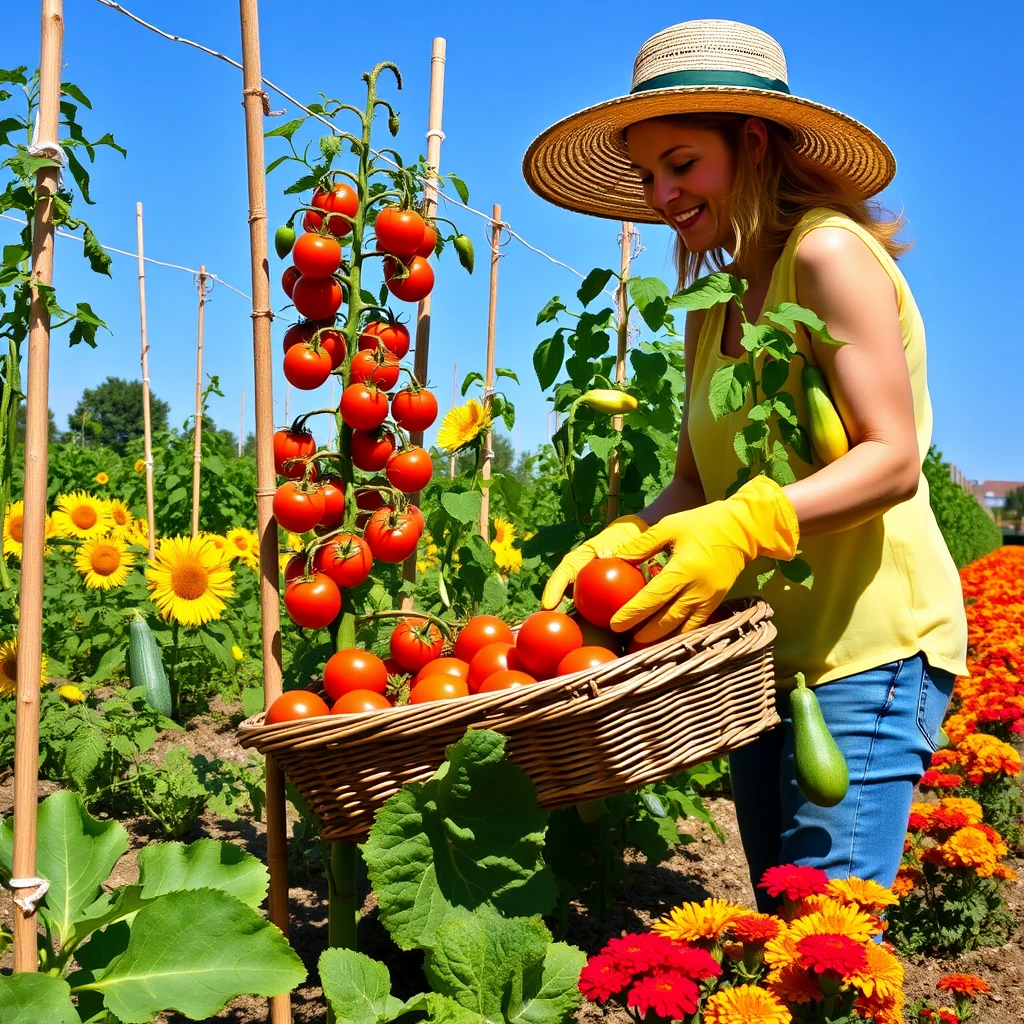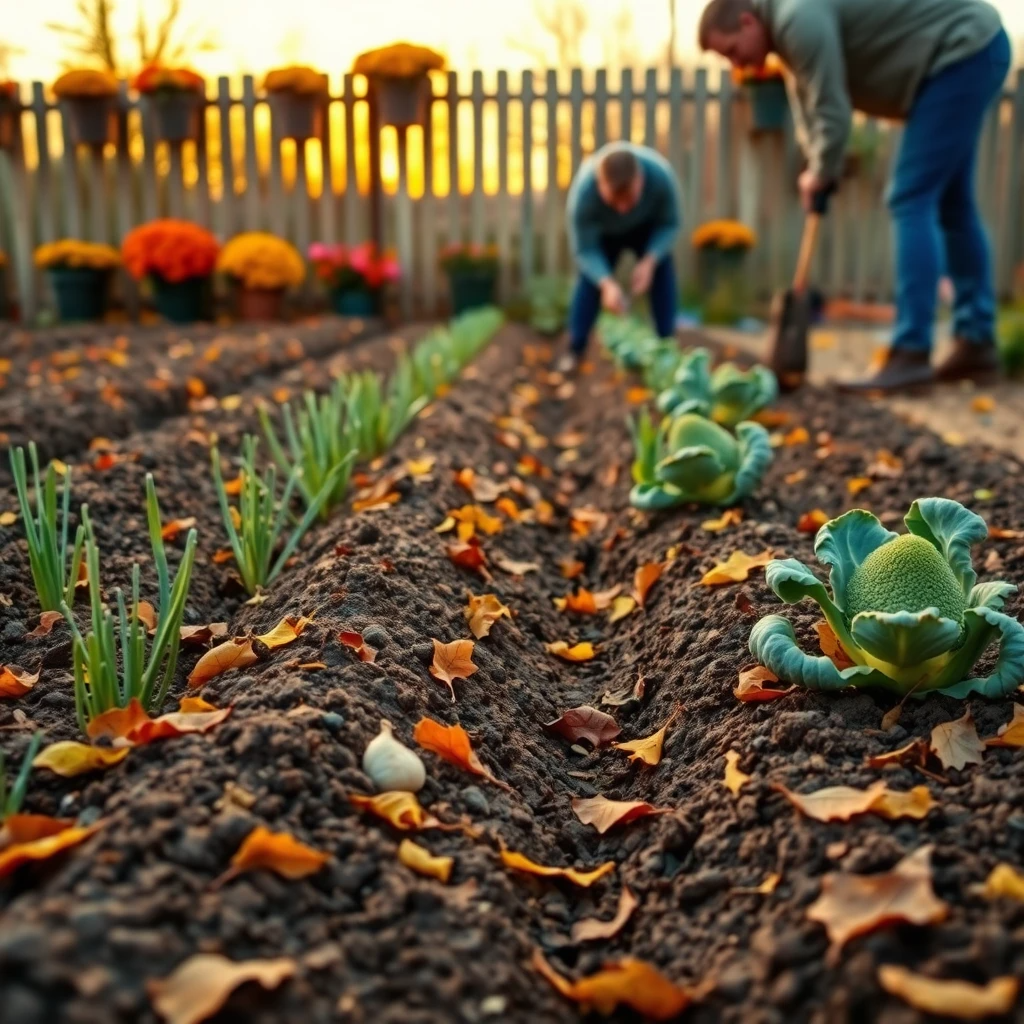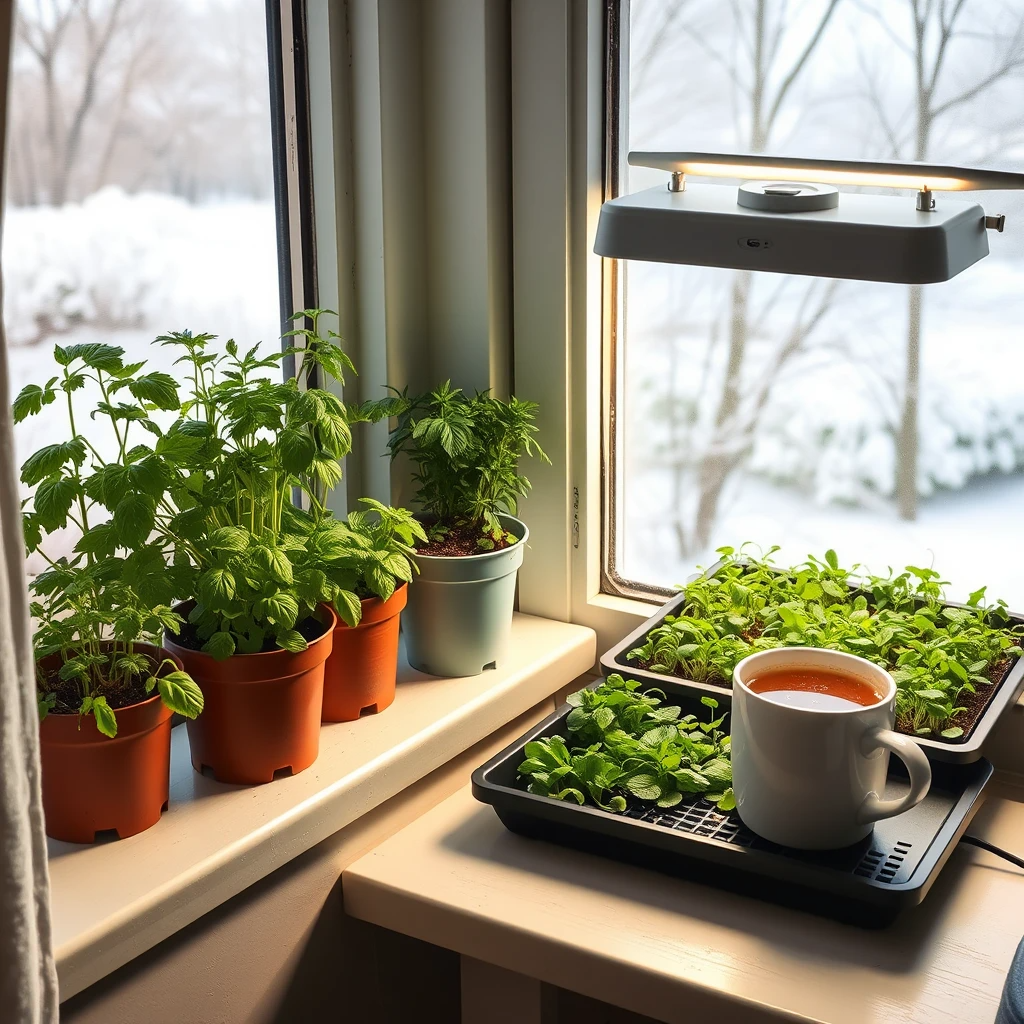Have you ever wondered if you’re planting the right crops at the right time? Many gardeners start their journey without realizing how critical timing is for a thriving garden. Whether you live in the snowy north of Canada or the sunny southern USA, understanding the seasonal rhythms of planting is the key to success. This guide will help you maximize your gardening potential by matching your efforts with nature’s calendar, ensuring a vibrant and productive garden all year round.
Why Seasonal Planting Matters
Seasonal planting isn’t just about following the seasons; it’s about working with your climate and soil conditions to grow plants that thrive naturally. Each region in the USA and Canada has unique planting windows, frost dates, and soil requirements. By planting the right crops at the right time, you’ll enjoy better yields, healthier plants, and less maintenance.
Key Takeaways:
- Different plants require specific conditions to grow well.
- Timing your planting around frost dates is essential for success.
- Seasonal planting reduces the need for pesticides and fertilizers.
Spring Planting: The Start of Your Gardening Journey

Spring is the season of growth, offering the perfect opportunity to plant crops that thrive in cool soil and mild temperatures.
What to Plant in Spring
Cool-Weather Vegetables:
- Lettuce, Spinach, and Kale: These leafy greens grow quickly and prefer cooler temperatures.
- Peas: Perfect for early planting; they tolerate frost and enrich the soil with nitrogen.
- Radishes and Carrots: These root vegetables thrive in the cool, moist soil of spring.
Flowers and Ornamentals:
- Pansies and Snapdragons: Hardy flowers that add early color to your garden.
- Perennials: Plant these in spring to give them time to establish before summer heat.
Tips for Spring Planting:
- Prepare your soil with compost to replenish nutrients lost during winter.
- Start seeds indoors for plants with longer growing seasons, like tomatoes and peppers.
Use frost covers for extra protection during unexpected cold snaps.
Summer Planting: Abundance and Growth

Summer offers longer daylight hours and warmer soil, making it ideal for planting heat-loving crops.
What to Plant in Summer
Warm-Weather Vegetables:
- Tomatoes and Peppers: Thrive in warm soil and direct sunlight.
- Zucchini and Squash: Quick-growing and productive summer crops.
- Beans: A great choice for filling gaps in your garden.
Herbs:
- Basil, Cilantro, and Dill: Perfect for summer heat and fresh kitchen use.
Flowers and Ornamentals:
- Sunflowers and Marigolds: Heat-tolerant and excellent for pollinators.
Tips for Summer Planting:
- Water deeply and regularly to prevent heat stress.
- Mulch around plants to retain soil moisture and suppress weeds.
- Harvest frequently to encourage continuous production.
Fall Planting: Extend Your Growing Season
Fall is a golden opportunity to plant crops that prefer cooler weather as summer heat wanes.

What to Plant in Fall
Cool-Weather Vegetables:
- Broccoli, Cauliflower, and Cabbage: Thrive in the mild temperatures of fall.
- Garlic and Onions: Plant these in the fall for a spring harvest.
- Spinach and Swiss Chard: Grow quickly and can often survive light frosts.
Flowers and Ornamentals:
- Mums: Popular for their vibrant fall colors.
- Spring Bulbs (Tulips, Daffodils): Plant these now for a beautiful spring display.
Tips for Fall Planting:
- Use row covers to extend the growing season.
- Add organic mulch to protect roots during cooler nights.
- Consider succession planting to stagger harvests.
Winter Gardening: Preparing for the Next Season

While outdoor planting slows down in winter, there’s still plenty to do to prepare for the next gardening season.
What to Grow in Winter
Indoor Plants:
- Herbs (Parsley, Mint, Chives): Easy to grow on a sunny windowsill.
- Microgreens: Quick and nutritious indoor crops.
Cold-Frame or Greenhouse Gardening:
- Lettuce and Spinach: Grow well in protected environments.
- Carrots and Beets: Perfect for cold frames.
Tips for Winter Gardening:
- Test and amend your soil to prepare for spring planting.
- Use this time to plan your garden layout and order seeds.
- Maintain compost piles to enrich your soil.
Regional Planting Tips for the USA and Canada
USA Gardening Guide
- Northern USA: Shorter growing seasons; focus on fast-maturing crops.
- Southern USA: Extended growing seasons allow for multiple plantings.
Canada Planting Tips
- Coastal Regions: Milder climates support a broader range of crops.
- Interior Provinces: Short growing seasons; consider frost-resistant varieties.
Seasonal Planting Table for Popular Crops
|
Crop |
Spring |
Summer |
Fall |
Winter |
|
Lettuce |
✓ |
✓ |
Cold Frame/Indoor |
|
|
Tomatoes |
Start Indoors |
✓ |
||
|
Garlic |
✓ |
|||
|
Spinach |
✓ |
✓ |
Cold Frame/Indoor |
|
|
Carrots |
✓ |
✓ |
✓ |
Cold Frame |
|
Tulips (Bulbs) |
✓ |
FAQs About Seasonal Planting
Q: What is the best way to determine my planting zone in the USA or Canada?
A: Use the USDA Hardiness Zone Map (USA) or the Canadian Plant Hardiness Zone Map to identify your zone. This helps you choose plants suited to your region’s climate.
Q: How do I protect my crops from frost?
A: Use frost blankets, row covers, or cold frames to shield plants during unexpected frosts.
Q: Can I grow vegetables year-round in colder climates?
A: Yes, with the help of greenhouses, cold frames, or indoor gardening, you can grow certain crops like herbs and microgreens year-round.
Key Takeaways for Seasonal Planting in North America
- Timing is Everything: Plant crops based on your region’s frost dates and growing season.
- Know Your Climate: Use planting zone maps to select crops that thrive in your area.
- Maximize Your Garden: Utilize each season to its fullest, from early spring greens to winter indoor herbs.
- Preparation Matters: Plan ahead, amend your soil, and invest in tools like frost covers or cold frames.
Gear Up for Seasonal Planting!
Ready to transform your garden? Browse our curated selection of gardening tools, seeds, and accessories to get started. From premium-quality compost bins to frost covers and seed kits, we have everything you need to create your dream garden year-round.